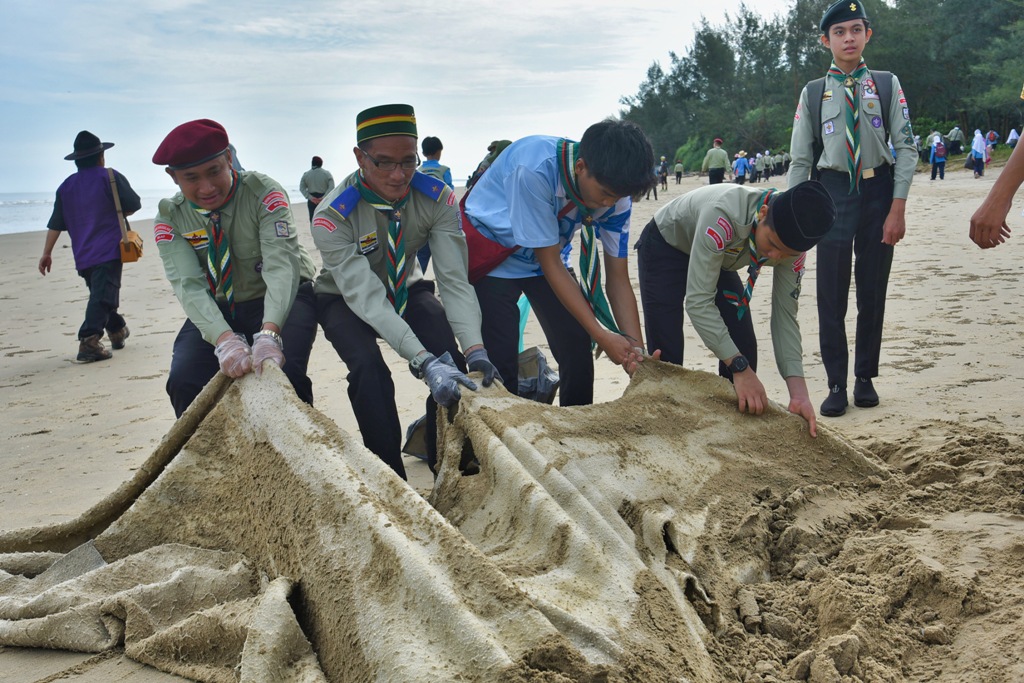The summer blooms fade by mid-August and the plants produce seeds, nuts and berries that last into the autumn. However, there are the late summer and autumn blooms that are just starting now and asters and goldenrods give us wonderful flora displays in fall. This year, I decided to track the blooms of asters and goldenrods in Copeland Forest through the blooming season into early November.
It’s a journey down memory lane of the botanical studies of asters and goldenrods, one of the most difficult groups of plants to study, in some cases, more difficult than willows and hawthorns. This made me remember a quote from Asa Gray (1810-1888), the most important American botanist of the 19th century. “I am half dead with Aster.

I got on very fairly until I got to the thick of the genus, around what I call the Dumosi and Salicifolia. Here I work and work, but make no headway at all. I can’t tell what are species and how to define any of them.
I was never so boggled. If you hear of my breaking down utterly, and being sent to an asylum, you may lay it to Aster, which is a slow and fatal poison.” I started to study asters and goldenrods back in the 1990s.
Since that time many species have changed names and even some asters have become goldenrods. I dug out my old copy of “A checklist of the Flora of Ontario Vascular Plants” by Morton and Venn, University of Waterloo Biology Series #34 1990. Then No.
36 from that same series, “Goldenrods of Ontario” by John C. Semple, Revised Edition, 1992 and No. 41 “Cultivated and Native Asters of Ontario” by John Semple, 2002.
Also, two identification keys to asters and goldenrods: “A Key to Asters of the Ottawa District” by John Gillett, Curator Emeritus, Canadian Museum of Nature, 1995 and “Identification Keys to Asters and Goldenrods of Simcoe County” by Robert L. Bowles, 2002. I need to update these keys now that I am back to asters and goldenrods.
There are 29 species and seven hybrids of goldenrods in Ontario. The number of Ontario asters is a little more difficult with native and cultivated species and up to 32 generic names have been proposed. There are 32 species of native asters in Ontario in six genera, plus 12 species of native and non-native cultivars available to purchase at nurseries.
My Simcoe County plant lists include 16 species of goldenrods and 16 species of asters. How many species of each are still found in Copeland Forest? The 1979 botanical inventory recorded eight species of goldenrods and eight species of asters. The 2011 inventory and 2012 report lists seven species of goldenrods and eight species of asters.
The problem is there is little agreement between these two inventories for the same area. The first report lists three species of goldenrods (Blue-stem Goldenrod, Zig-zag Goldenrod, Early Goldenrod) not found in 2012. The 2012 report lists two species, (Tall Late Goldenrod, Bog Goldenrod) not recorded on the first survey.
If both inventories are correct, which I doubt, then there are 10 species of goldenrods in Copeland Forest. I have confirmed six species (Tall Goldenrod, Canada Goldenrod, Grass‐leaved Goldenrod, Early Goldenrod, Gray Goldenrod, Rough Goldenrod) already in 2024. The 1979 report lists eight species of asters, two species (New England Aster, Arrow-leaved Aster) not recorded in 2012, I expect to find these two species.
The 2012 report lists two species (Fringe Blue Aster, Heath Aster) not found in 1979. I don’t expect to find these species, but time will tell. I have confirmed six species (Flat‐topped White Aster, Large‐leaved Aster, Heart‐leaved Aster, Panicled Aster, Calico Aster, Purple‐stemmed Aster) already early in the 2024 season.
I searched iNaturalist for the questionable records of asters and goldenrods in and around Copeland Forest and found little to no data. This week, I discovered Bog Goldenrod growing at one location within the forest. I have asked biologists, who are familiar with the plants of this area and habitats like rich, dry, shaded woods in Copeland Forest, where I can hope to find Blue-stemmed and Zig-zag Goldenrods.
I would like to put together a team of volunteers who care about this large forest tract and the interesting species found there to help me with this interesting inventory this fall. Let me know if you are interested so we can confirm exactly what aster and goldenrod species can still be found in this forest..



















